Material Test
| تقرير اختبار البولي يوريثين | ||||
| لا. | مشروع اختبار | وحدة | تقرير الاختبار | طريقة الاختبار |
| 1 | صلابة الشاطئ | شور أ | 83 | GB / T 531.1-2008 |
| 2 | كشط DIN | مم3 | 21 | GB / T 53516-1987 |
| 3 | أكرون كشط | سم3 | 0.0518 | GB / T 1689-1998 |
| 4 | إجهاد 100٪ عند استطالة محددة | MPa | 3.41 | GB / T 528-2009 |
| 5 | إجهاد 300٪ عند استطالة محددة | MPa | 5.74 | GB / T 528-2009 |
| 6 | قوة الشد | MPa | 51.2 | GB / T 528-2009 |
| 7 | استطالة عند الكسر | % | 1263 | GB / T 528-2009 |
| 8 | قوة المسيل للدموع (الزاوية اليمنى) | كيلو نيوتن / م | 77 | GB / T 529-2008 |
| 9 | معدل المرونة | % | 34 | GB / T 1681-2009 |
Model Selection
| اسم | نموذج | اداء | المعايير الفنية |
| خنزير رغوة استرطابي | LCQZ-RTH | 1. يتم تشكيلها عن طريق رغوة لمرة واحدة من مادة البولي يوريثين. | ضغط البداية: 0.2-0.3 ميجا باسكال |
| 2. نسيج ناعم ، ومرونة جيدة. | الكثافة: 35 كجم / متر مكعب ~ 150 كجم / متر مكعب | ||
| 3. لديها أداء قوي لامتصاص الماء. ويمكن أن تصل كمية التشوه إلى 70٪. | تحمل الضغط: 7 ميجا باسكال | ||
| 4. تأثير ملحوظ على نزح المياه وإزالة الشحوم وتجفيف خطوط الأنابيب. | معدل التمدد: 320٪ | ||
| نسبة الضغط: 60 | |||
| الحياة المرنة: 50000 مرة | |||
| معدل الاستنزاف: 4 مم / 100 كم | |||
| مسافة التشغيل: 50 كم ~ 150 كم | |||
| درجة حرارة التشغيل: -30 °C ~ 100 °C | |||
| خنزير رغوة عارية | LCQZ-RTN | 1. نسيج ناعم ومرونة جيدة. | الضغط الابتدائي: 0.02 ميجا باسكال |
| 2. مع امتصاص الماء القوي ، يمكن أن تصل كمية التشوه إلى 60٪. | الكثافة: 35 كجم / متر مكعب ~ 220 كجم / متر مكعب | ||
| 3. تستخدم لنزح المياه والتنظيف وتجفيف خطوط الأنابيب. | تحمل الضغط: 7 ميجا باسكال | ||
| معدل التمدد: 320٪ | |||
| نسبة الضغط: 60 | |||
| الحياة المرنة: 50000 مرة | |||
| معدل الاستنزاف: 4 مم / 100 كم | |||
| مسافة التشغيل: 50 كم ~ 150 كم | |||
| درجة حرارة التشغيل: -30 °C ~ 100 °C | |||
| بولي رغوة خنزير | LCQZ-RTR | 1. Its interior material is polyurethane. The surface is coated with a polyurethane elastomer coating. | الضغط الابتدائي: 0.02 ميجا باسكال |
| 2. مرونة جيدة ومقاومة تآكل معينة. | الكثافة: 35 كجم / متر مكعب ~ 220 كجم / متر مكعب | ||
| 3. The deformation amount can reach 50%. | تحمل الضغط: 7 ميجا باسكال | ||
| 4. For scrubbing, descaling, and fluid isolation of pipes use. | معدل التمدد: 320٪ | ||
| نسبة الضغط: 50 | |||
| الحياة المرنة: 50000 مرة | |||
| معدل الاستنزاف: 2 مم / 100 كم | |||
| مسافة التشغيل: 100 كم ~ 300 كم |
تحديد
| اسم | Customized Foam Pigging Pigs | ||||
| مادة | مادة البولي يوريثين | ||||
| كثافة الضوء | 0.02-0.3 جم / م 3 | ||||
| كثافة متوسطة | 0.08-0.12 جم / م 3 | ||||
| كثافة ثقيلة | 0.13-0.16 جم / م 3 | ||||
| ميزة | 1. مقاومة التآكل عالية | ||||
| 2. أداء تنظيف جيد | |||||
| 3. منخفضة التكلفة | |||||
| قسط | ترينيداد وتوباغو/LC | ||||
| ميزة | 1. فهي خفيفة الوزن ومرنة. | ||||
| 2. كفاءة تنظيف لطيفة. | |||||
| 3. تتبع الموقع بدقة. | |||||
Frequently Asked Questions (FAQs)
A. What are pigging pigs, and how do they work?
Pigging pigs, also known as piping pigs, are devices used in pipeline operations to perform various functions actively. They are inserted into the pipeline and propelled by the flowing product or external means. These devices effectively clean the pipeline, inspect its condition, and even separate different products in multi-product pipelines. They work by actively removing debris, sediment, and deposits from the pipeline walls, ensuring smooth flow and preventing blockages.
B. Why is pipeline inspection important for infrastructure integrity?
Pipeline inspection is crucial for maintaining infrastructure integrity. Regular inspections help detect potential issues and prevent costly failures. By proactively identifying and addressing problems, inspections ensure the pipeline’s integrity, preventing leaks, ruptures, and other hazardous incidents. They also help maintain optimal operational efficiency and extend the lifespan of the pipeline.
C. How often should pipeline pigging operations be conducted?
The frequency of pipeline-pigging operations depends on various factors, such as the pipeline’s characteristics, the operator should transport of the product, and regulatory requirements. Generally, operators should conduct pigging operations regularly to ensure ongoing maintenance and integrity. The operator should determine a specific schedule based on the pipeline’s condition and operational demands, following industry best practices and guidelines.
فوائد
Advanced inspection pigs offer numerous benefits as they employ cutting-edge technologies, including sensors, cameras, and data recording capabilities. By utilizing these advanced tools, they gather highly precise and detailed information about the pipeline’s condition, enabling operators to assess defects and potential risks more effectively. The timely identification of issues becomes possible, leading to prompt repairs and maintenance. This proactive approach actively prevents costly failures and guarantees the overall safety and efficiency of the pipeline system. By integrating advanced inspection pigs, operators can proactively protect their infrastructure, optimize operational performance, and ensure a secure and reliable pipeline network.
Safety precautions should be taken during pigging operations
Implementing safety precautions during pigging operations is of utmost importance. To guarantee a secure working environment, several key measures should be taken. First and foremost, personnel involved must undergo proper training to ensure they possess a comprehensive understanding of the equipment and procedures. Additionally, wearing adequate personal protective equipment, including gloves, safety glasses, and appropriate clothing, is essential. Before commencing pigging, it is crucial to meticulously isolate and depressurize the pipeline, mitigating the risk of unexpected releases or accidents. Furthermore, strict adherence to safety protocols, such as lockout/tagout procedures, is necessary to prevent unauthorized access or equipment activation during the operation. Regular risk assessments and the presence of emergency response plans are also vital components, enabling effective handling of any unforeseen circumstances. By implementing these safety measures, operators can maintain a secure working environment and minimize potential risks throughout the pigging process.
خاتمة
In conclusion, pigging pigs play a crucial role in pipeline inspection by actively removing debris, ensuring smooth flow, and preventing blockages. Their use enhances efficiency, reduces downtime, and safeguards pipeline integrity. With advanced inspection pigs equipped with cutting-edge technologies, operators can accurately assess defects, identify risks, and promptly address issues, preventing costly failures. Implementing proper safety precautions during pigging operations is essential to protect personnel and maintain a secure working environment. By following industry guidelines and conducting regular inspections, pipeline operators can optimize performance, extend the lifespan of their infrastructure, and ensure the safe and efficient transportation of products. Transitioning from the benefits of advanced inspection pigs to the importance of safety precautions, it is evident that a comprehensive approach to pipeline maintenance is necessary for a successful and sustainable operation.


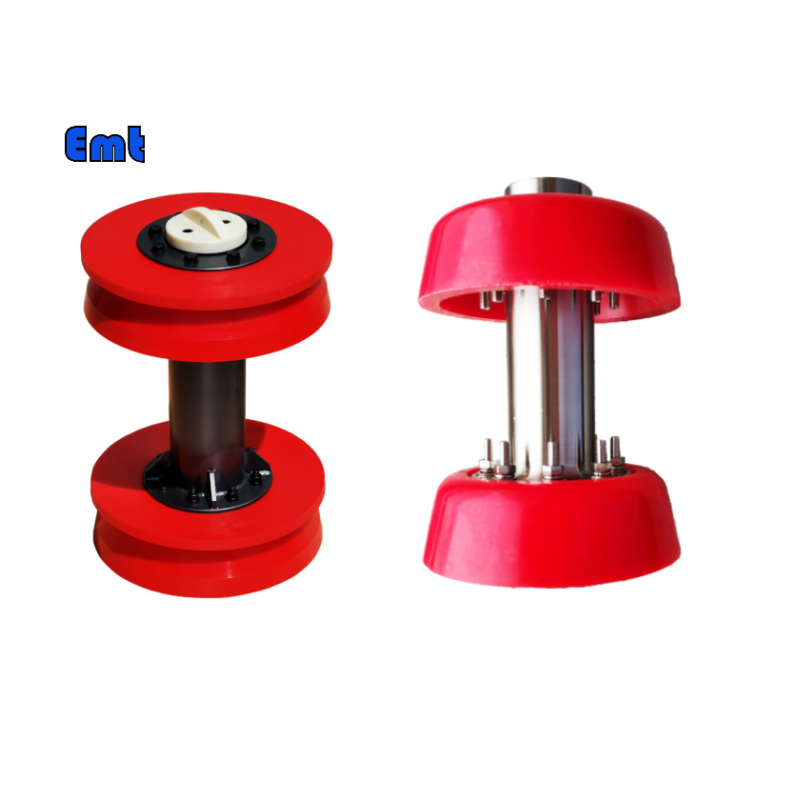
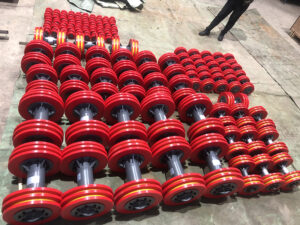
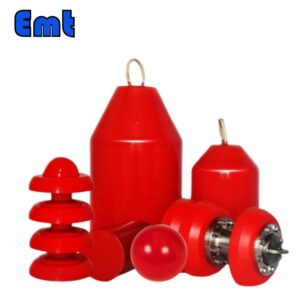
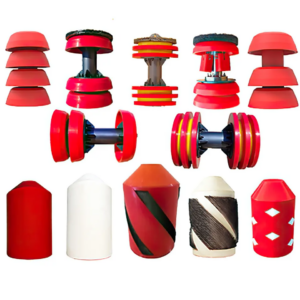


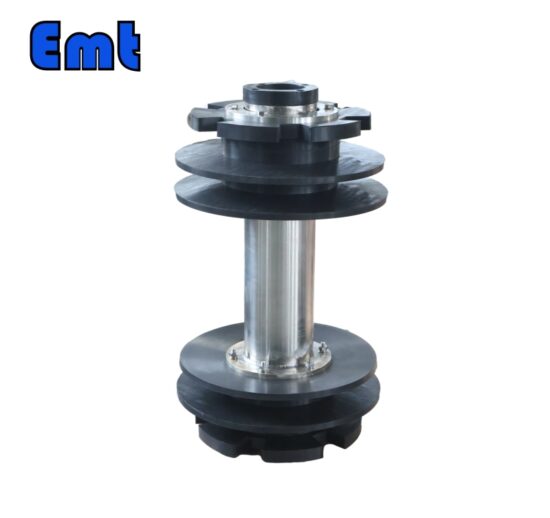
لا توجد مراجعات بعد.